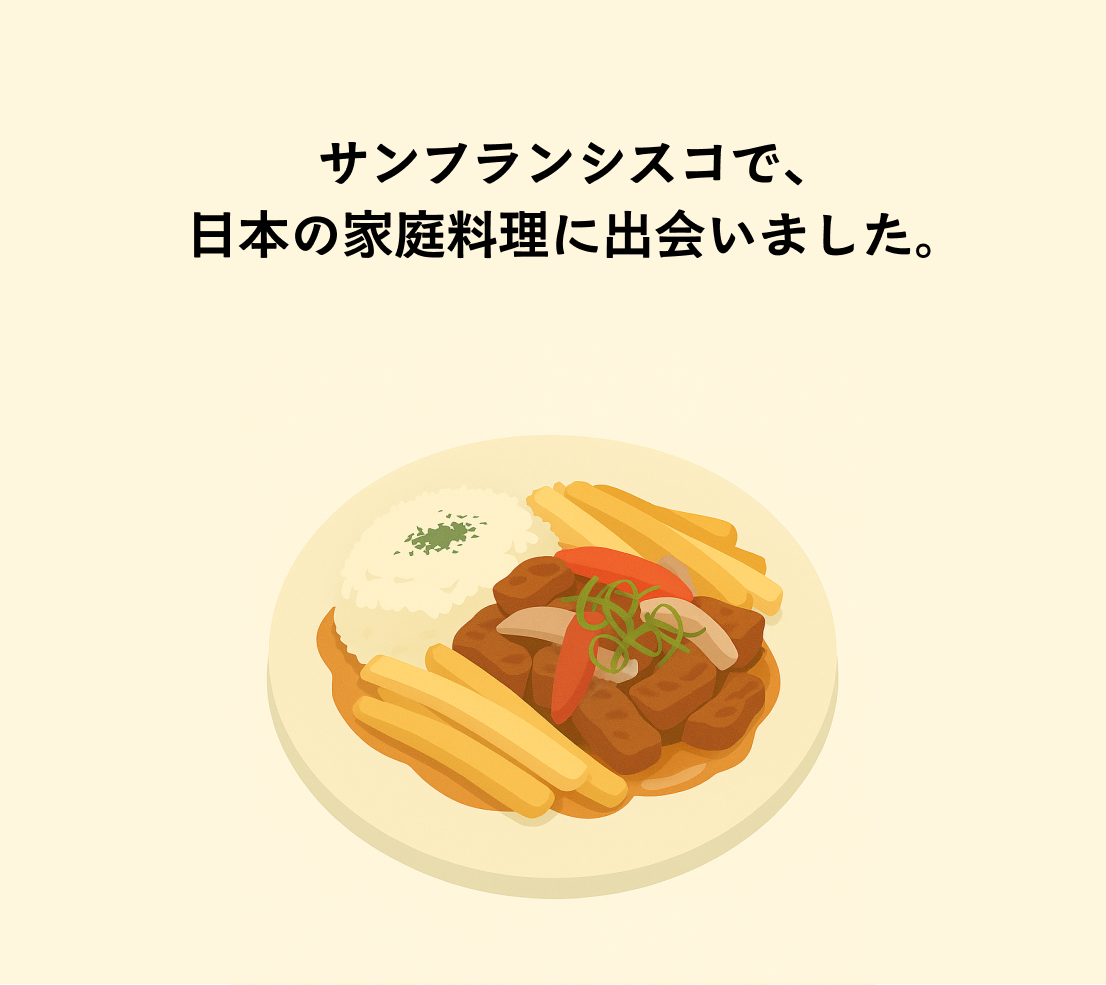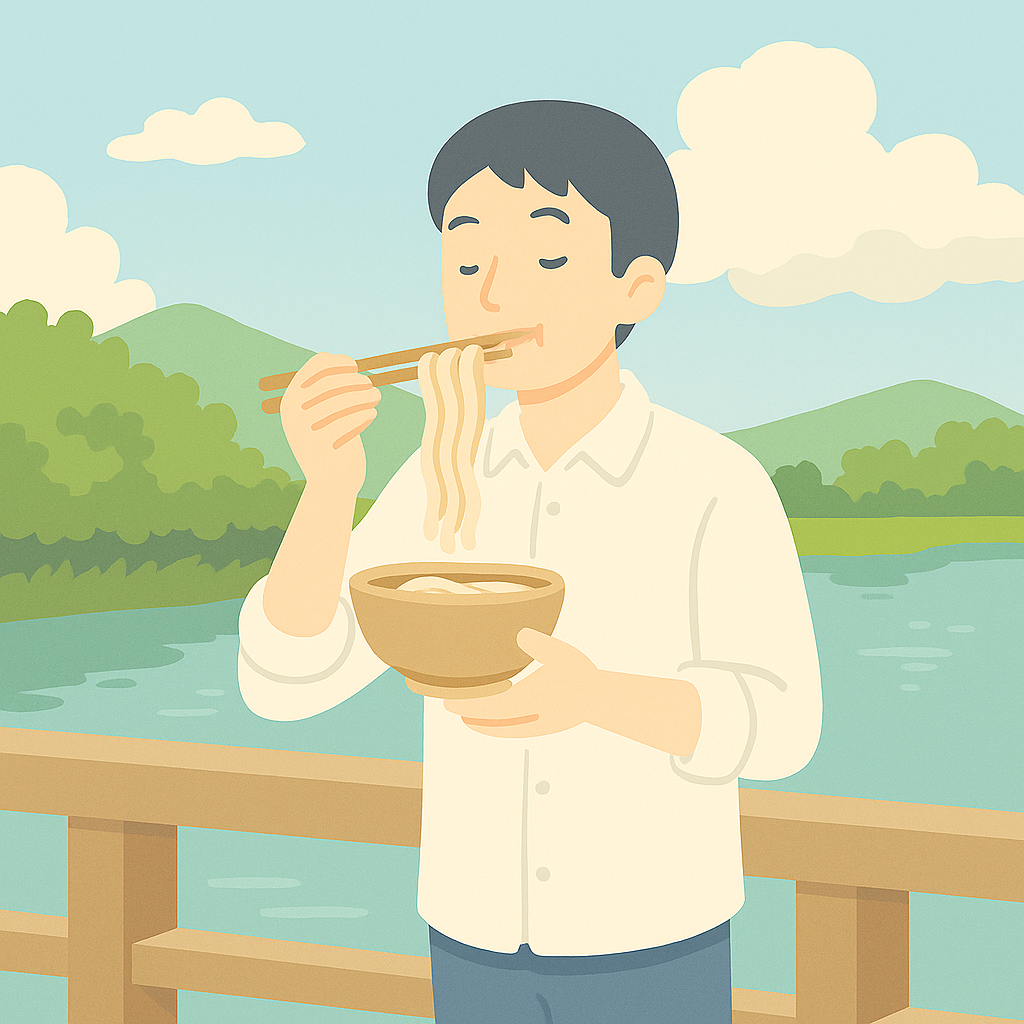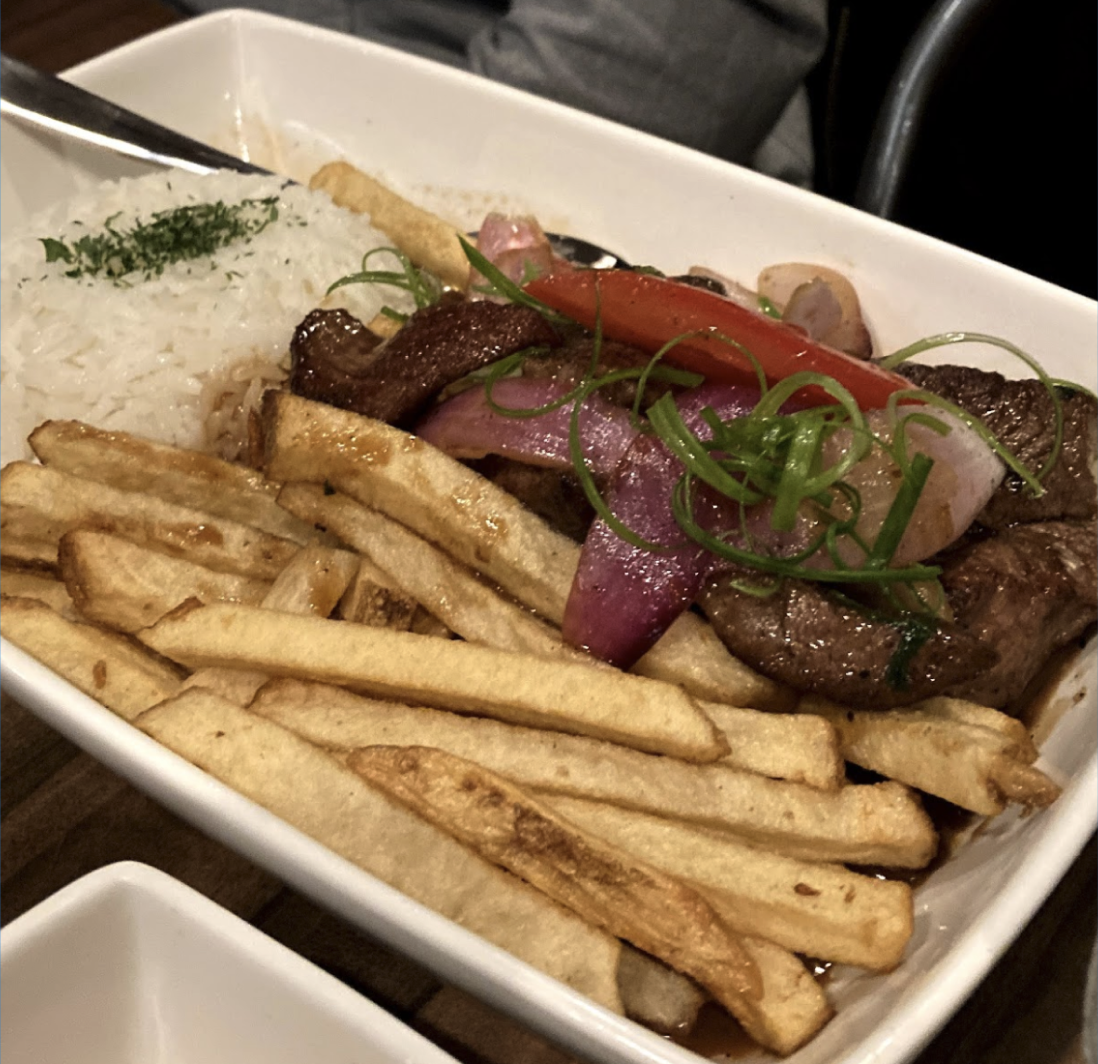# 03

Dear StarSky,
I’m sorry it’s been a while since your last message.
First, I want to tell you that your message made me really happy—thank you!
Also, thank you for your questions. I wanted to answer all of them, but it took some time. So I’ll reply to you little by little.
You said learning kanji is difficult—and you’re right! It’s actually hard for Japanese kids too.
In Japan, elementary school students practice reading, writing, and using about 1,000 kanji by the time they’re 12 years old. In the very first grade, they learn 80 kanji.
| Grade (Japan) | Age (approx.) | Number of Kanji Learned | Cumulative Total |
| ------------- | --------------- | ----------------------- | ---------------- |
| Grade 1 | 6–7 years old | 80 | 80 |
| Grade 2 | 7–8 years old | 160 | 240 |
| Grade 3 | 8–9 years old | 200 | 440 |
| Grade 4 | 9–10 years old | 200 | 640 |
| Grade 5 | 10–11 years old | 185 | 825 |
| Grade 6 | 11–12 years old | 181 | 1,006 |
**Should I learn kanji one by one? Or as full words?**
For example, should you learn kanji like “日” (sun), “木” (tree), or “見” (see) one by one?
Or is it better to learn them as words like “日本” (Japan), “天気” (weather), or “見物” (sightseeing)?
This is a great question, and many learners wonder the same.
The answer is:
**It’s helpful to understand basic kanji, but try to learn them as part of words** when you can. That way, you’ll see how they’re really used in sentences—and it’s more useful in real life!
## Kanji is a powerful tool.
Kanji is a really strong tool for expressing ideas. It also shows something special about Japanese culture. Japan is good at taking ideas from other countries and changing them to fit its own way of life. Kanji originally came from China.
The Chinese writing system didn’t match Japanese language very well.
But **kanji can show both meaning (idea) and sound (pronunciation)**—it has that special power.
The Japanese didn’t adopt Chinese writing and sentence structure as it was—instead, we developed kanji as our tool, turning it into a hybrid system that handles both sound and meaning.

This picture shows someone eating udon with chopsticks on a bridge.
In Japanese, the word **“hashi”** can mean two different things:
**橋 (hashi)** means _bridge_, and **箸 (hashi)** means _chopsticks_.
They sound the same, but they use different kanji characters.
This shows how **kanji can represent sound as well as meaning**.
That’s why, when you hear just the sound of a sentence, you might not know which “hashi” someone is talking about!
You might think, “Whoa, that sounds super hard!”
And yes — at first, it can feel a little tricky.

For example, the word **“富士山 (Fujisan)”** means _Mount Fuji_.
Here, the kanji **山 (yama)** means a mountain—it’s part of the name of a big mountain.
But in the word **“登山 (tozan)”**, which means _climbing a mountain_, the same **山** is used to talk about the **action** of going up a mountain.
So the kanji **山** can show both a real mountain and the idea of mountain climbing.
This shows how **kanji helps expand and connect meanings**.
That’s why in Japanese, we can express **many ideas, images, and even difficult concepts** in a **short sentence**, using the power of kanji.
Usually, when you translate a Japanese sentence into English, **the number of characters becomes about 1.5 to 2 times longer**.
For example:
- Japanese: 今日はありがとうございました。 (11 characters)
- English: Thank you very much for today. (31 characters)
→ That’s about **2.8 times longer**.
- Japanese: 天気が良いですね。 (9 characters)
- English: The weather is nice, isn’t it? (33 characters)
→ That’s about **3.6 times longer**.
This shows that Japanese is a very **compact language**—you can say a lot with just a few characters!
I wrote a lot about kanji, but I’ll keep thinking about how to explain things in an easier way little by little. Let’s keep talking step by step.
Also, I’d love to talk with you about Japanese word order and _One Piece_ sometime!
I found your stories about Frog Street and Matsumoto Castle really interesting. Actually, Matsumoto is my wife’s hometown! That made me feel a kind of special connection.
It’s a beautiful city surrounded by clean, fresh mountains—and I love it too.

In San Francisco, one of my favorite restaurants was called **Limon**.
They served a dish called **Lomo Saltado**, and I really liked it!
It’s a stir-fry made with beef, onions, French fries, and tomatoes.
But guess what? It tasted a lot like the food you get at a Japanese set meal restaurant!
That’s because the flavor comes from **soy sauce and vinegar**—two seasonings that are used a lot in Japan. So, why does a South American dish taste so much like Japanese food? Actually, **Lomo Saltado** was created with the influence of **Chinese immigrants (especially Cantonese people)** who came to Peru in the 1800s.
In China and Japan, **umami (savory flavor)** is very important, so the way the food is made is kind of similar. And soy sauce and vinegar are easy to find in both places. It’s also interesting that this dish became so popular and loved in Peru.
## Kanji and cooking are not just things we copy.
We **learn about them, try them out, and slowly change them** to fit our own lives. That’s a very important part of how culture works.
When we see something special that is loved in a faraway place,
we can try it ourselves, thinking, “This is wonderful!” And as we use it more and more, we make it into a tool or idea that fits us better.
I really love this kind of process. When I talk with you, I learn so much and discover many new things.
It’s always fun for me.
You have a way of seeing **parts of Japan that even Japanese people don’t notice**. And I believe you can help create **something new between you and Japan**. (Of course—with me too!)
---
Sure! Here’s a concise and educational breakdown of the sentence **“サンフランシスコで、日本の家庭料理に出会いました。”** tailored for an English-speaking learner of Japanese.
# **🇯🇵 Japanese Sentence Breakdown:**
**サンフランシスコで、日本の家庭料理に出会いました。**
## **📝 Meaning in English:**
I discovered Japanese home cooking in San Francisco.
## Word-by-Word Explanation
| **Japanese** | **Romaji** | **Explanation** |
| ------------ | --------------- | --------------------------------------------------------------------------------------------- |
| サンフランシスコ | Sanfuranshisuko | “San Francisco” written in katakana, used for foreign place names. |
| で | de | A location particle. Indicates the place where an action takes place. |
| 日本の | Nihon no | “Japanese” — the particle **の** links “Japan” to the next word as an adjective. |
| 家庭料理 | katei ryōri | “Home cooking” or “home-style dishes”. Combines **家庭** (home) and **料理** (cooking). |
| に | ni | A direction/target particle. Often used with verbs of motion or encounter. |
| 出会いました | deaimashita | Polite past form of **出会う** (to meet/encounter). Implies a meaningful or memorable encounter. |
## Vocabulary List
| **Japanese** | **Romaji** | **Meaning** |
| ------------ | --------------- | ------------------------------- |
| サンフランシスコ | Sanfuranshisuko | San Francisco |
| で | de | at/in (location marker) |
| 日本 | Nihon | Japan |
| の | no | of (possessive particle) |
| 家庭料理 | katei ryōri | home-cooked food |
| に | ni | to/toward (direction marker) |
| 出会う | deau | to encounter / meet |
| 出会いました | deaimashita | encountered (polite past tense) |